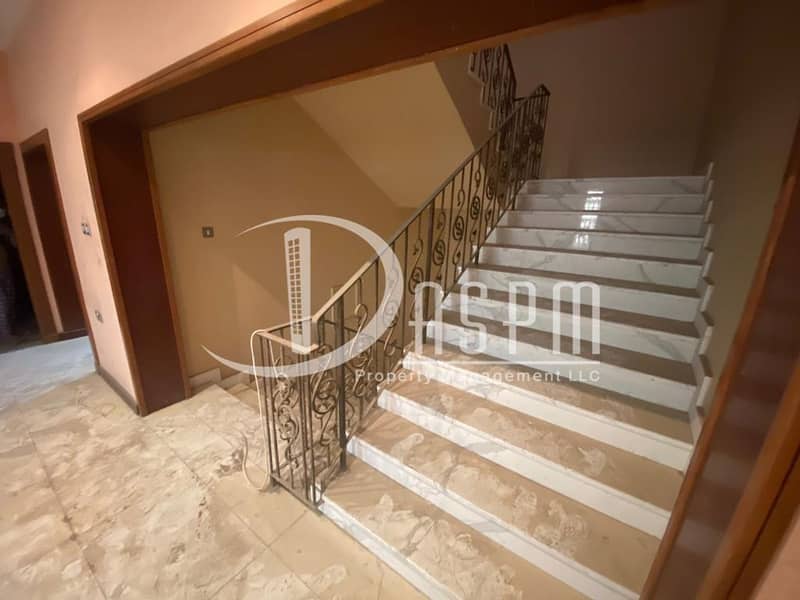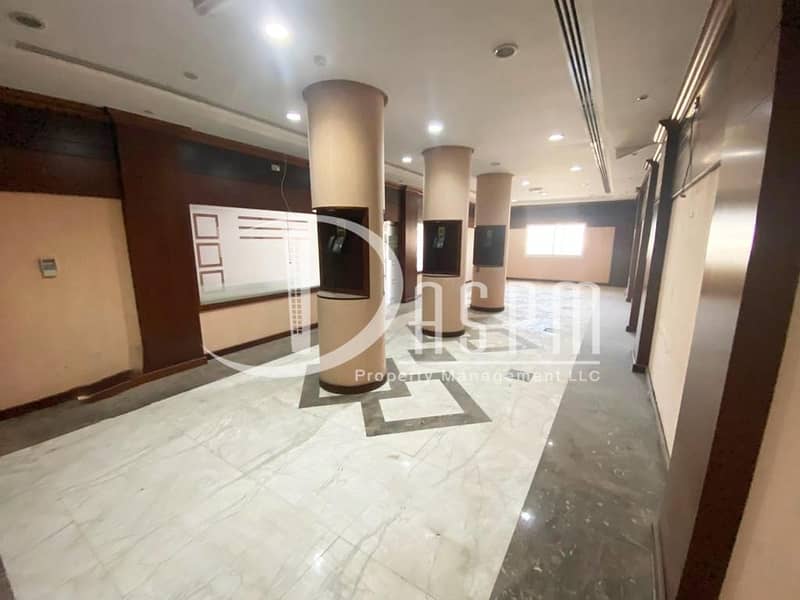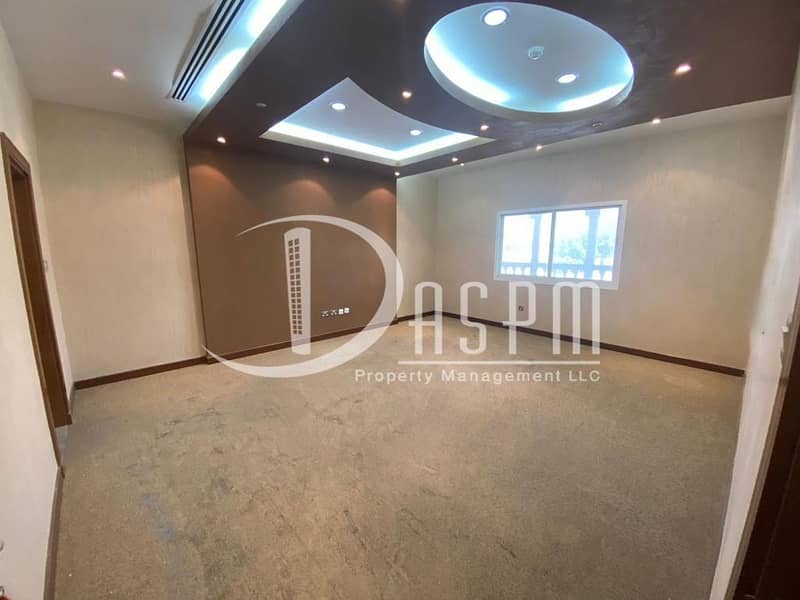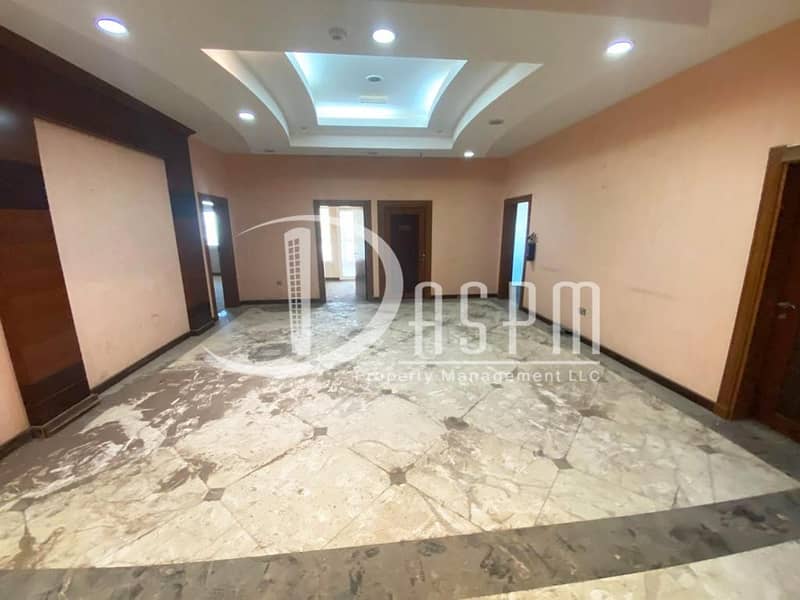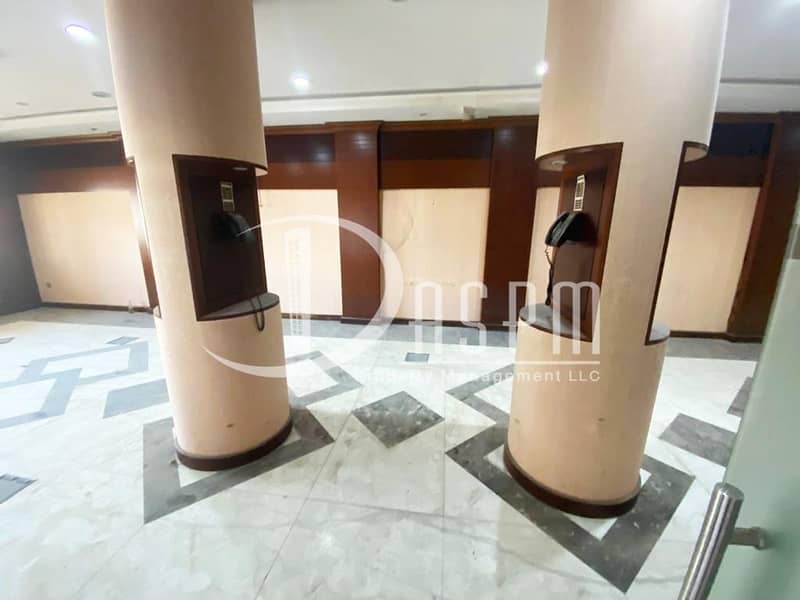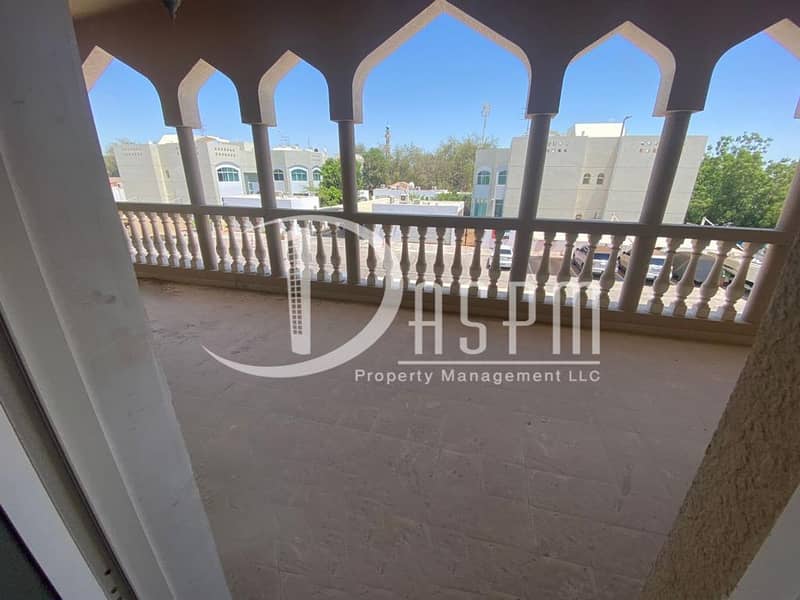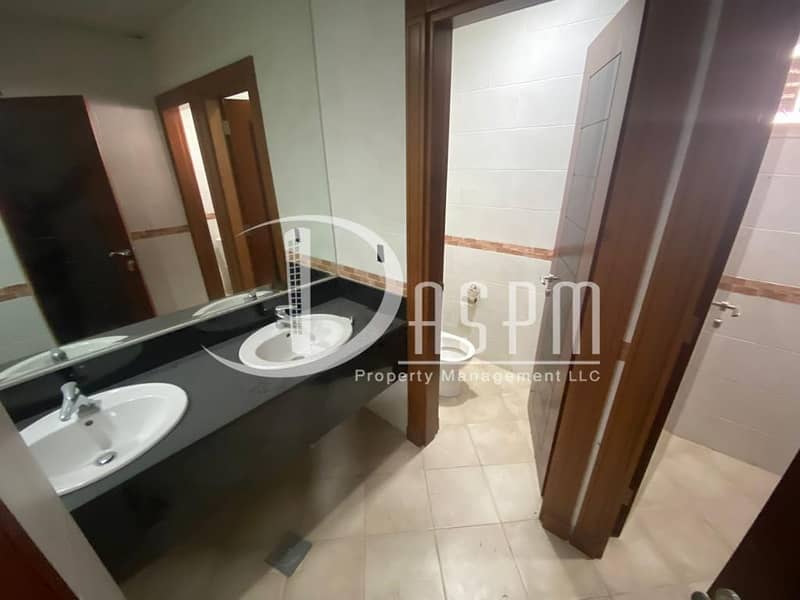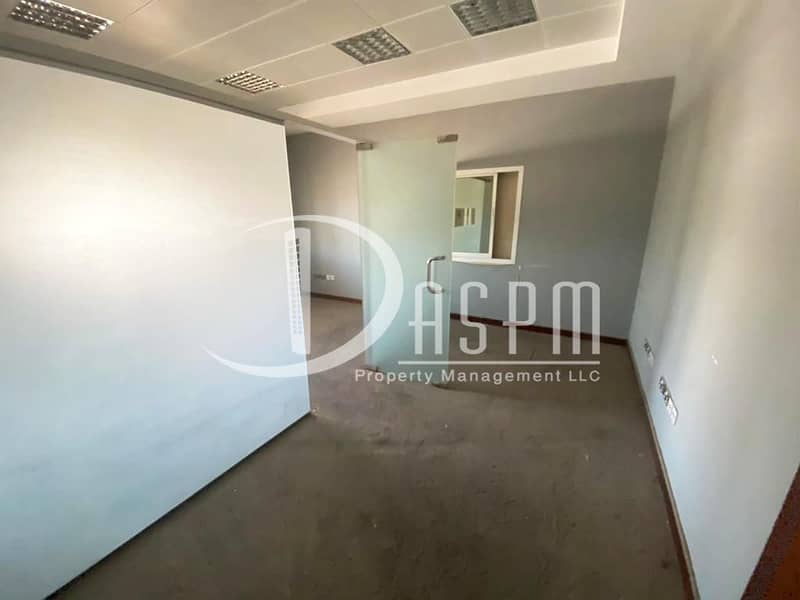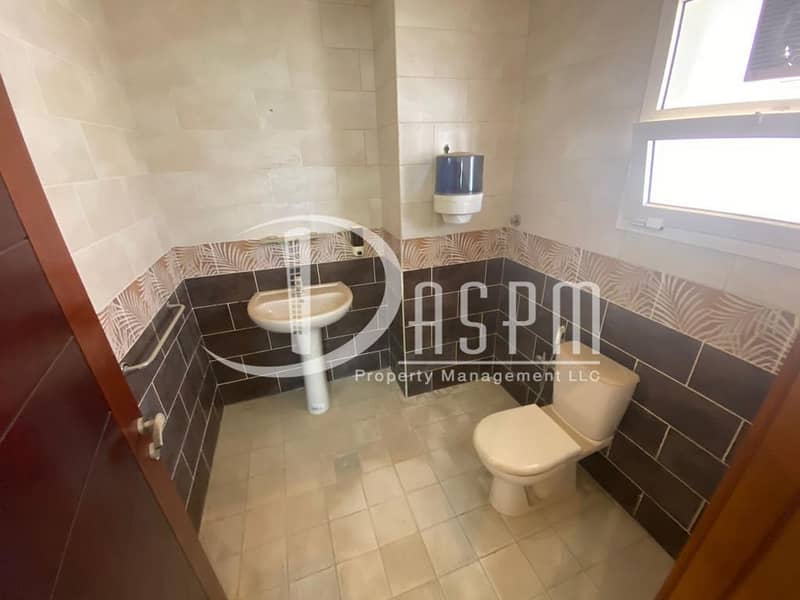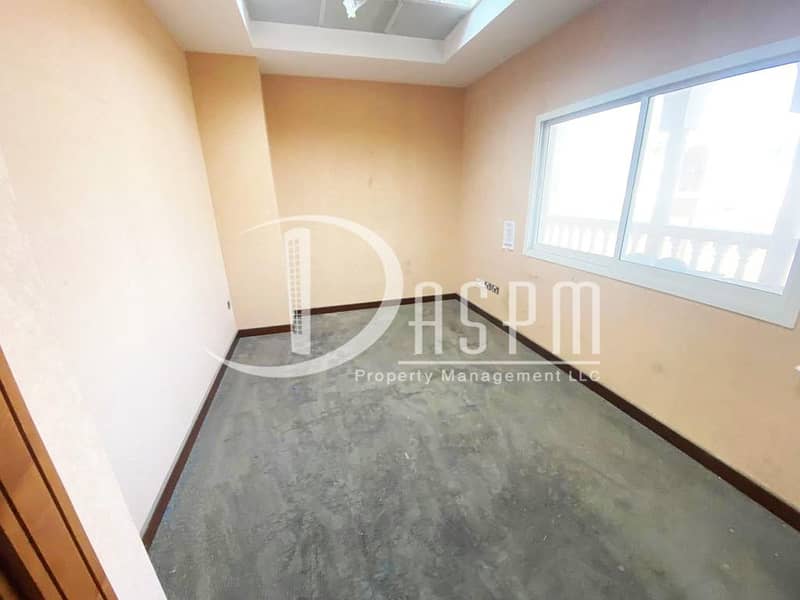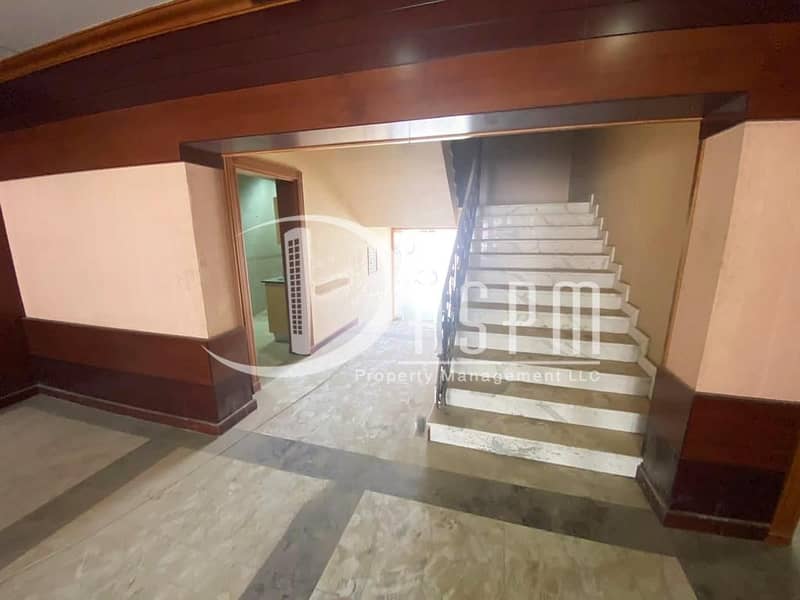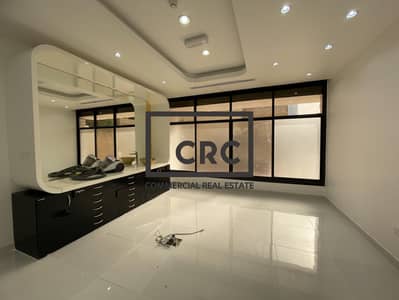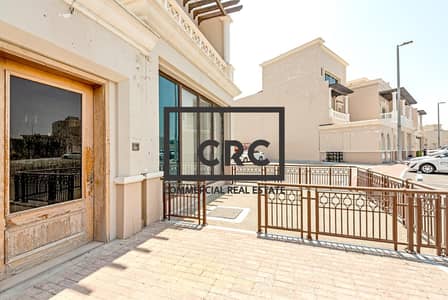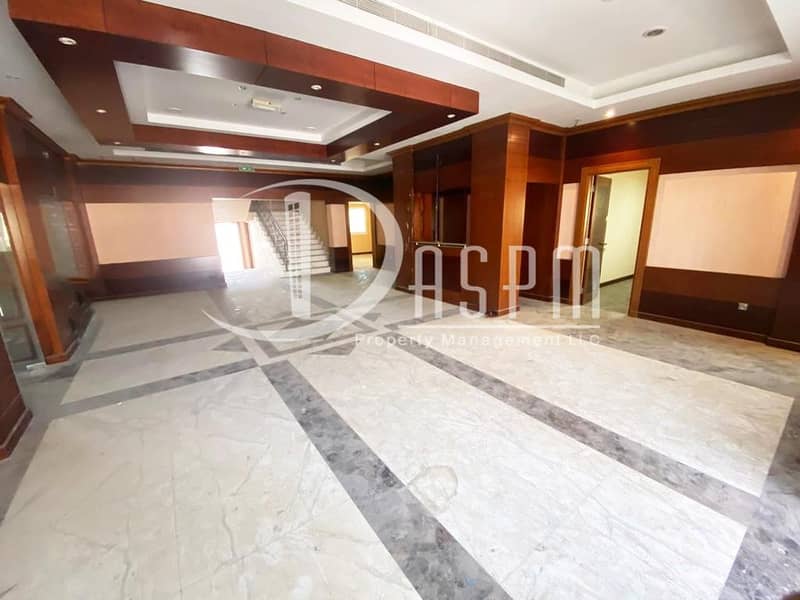
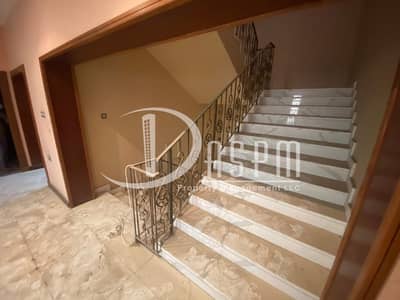
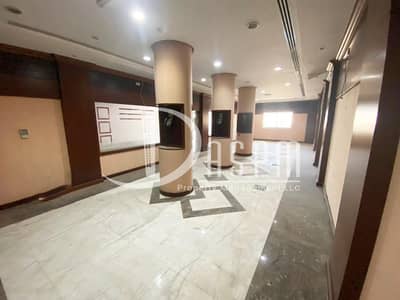
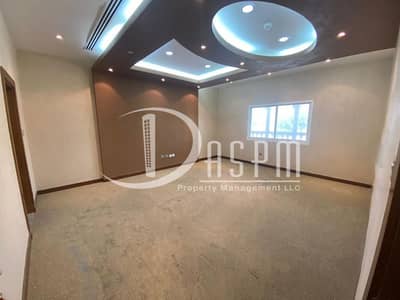
فيلا تجارية في البطين 6 غرف 500000 درهم - 5945199
- 5 BEDS
- Wardrobes
- Kitchen
- Huge store
- Parking
- Amazing decoration
- Nice atmosphere
- Excellent finishing
- Majlis & Sala
Abu Dhabi is full of archeological evidence that points tocivilizations, such as the Umm an-Nar Culture, having been located there from the thirdmillennium BCE. Settlements were also found farther outside the modern city ofAbu Dhabi but closer to the modern city of Al Ain. There is evidence of civilizations around the mountain of Hafeet (Jebel Hafeet). This location is very strategic because it is the UAE’s second tallestmountain, so it would have great visibility. It also contains a lot of moisturein its springs and lakes, which means that there would have been more moisturethousands of years ago the city of Abu Dhabi is on thenortheastern part of the Persian Gulf in the Arabian Peninsula. It ison an island less than 250 metres (820 ft) from the mainland and is joinedto the mainland by the Maqta and Mussafah Bridges. A third, Sheikh Zayed Bridge,designed by Zaha Hadid,opened in late 2010. Abu Dhabi Island is also connected to Saadiyat Island by a five-lane motorway bridge. Al-Mafraq bridge connects the city to Reem Island and was completed in early 2011. Thisis a multilayer interchange bridge and it has 27 lanes which allow roughly25,000 automobiles to move per hour. There are three major bridges of theproject, the largest has eight lanes, four leaving Abu Dhabi city and fourcoming in Most of Abu Dhabi city islocated on the island itself, but it has many suburbs on the mainland, forexample: Khalifa City A, B, and C; Al Raha Beach;[17] Al Bahia City A, B, and C; Al Shahama; AlRahba; Between Two Bridges; Baniyas; and Mussafah Residential. Climate[edit]
Abu Dhabi has a hot desert climate (Köppen climateclassification BWh). Sunny blue skies can be expected throughoutthe year. The months of June through September are generally extremely hot andhumid with maximum temperatures averaging above 38 °C (100 °F). During this time, sandstorms occur intermittently, in some cases reducingvisibility to a few meters. [18]The cooler season is from November to March, which rangesbetween moderately hot to cold. This period also sees dense fog on some days. On average, January is the coolest month in the year, while July and August arethe hottest. Origin of the name AbuDhabiThe origin of the name "Abu Dhabi" is uncertain. Meaning "Father of the Gazelle", when literally translated fromArabic, it probably referred to the few gazelles that inhabit the emirate. According to Bilal al-Budoor, assistant under-secretary for Cultural Affairs atthe Ministry of Culture, Youth and Community Development, "The area had alot of dhibaa [deer (plural)], and was nicknamed after that. " An old storytells about a man who used to chase deer [dhabi (deer - singular)] and wasnamed the "father" of the animal. Abu Dhabi's original name was Milh "salt", possibly referring to the salty water of thePersian Gulf, or the ancient salt marshes that surround the city. Some Bedouins calledthe city Umm Dhabi (mother of deer), while British records refer to the placeas Abu Dhabi. According to some historical accounts, the name Abu Dhabi wasfirst used more than 300 years ago. The first word of Abu Dhabi is pronounced"Bu" by inhabitants on the city's western coast. In the eastern partof the city, the pronunciation is "Abu". [4]Origins of the AlNahyan familyThe Bani Yas bedouin were originally centered on the Liwa Oasis. This tribe was the most significant in the area,having over 20 subsections. In 1793, the Al Bu Falah subsection migrated to theisland of Abu Dhabi on the coast of the Persian Gulf due to the discovery offresh water there. One family within this section was the Al Nahyan family. This family makes up the rulers of Abu Dhabi today. [10]Pearl tradeAbu Dhabi worked in the pearl business and traded with others. According to a source about pearling, the Persian Gulf was the best location for pearls. Pearl divers dove for one toone-and-a-half minutes, and would have dived up to thirty times per day. Therewere no oxygen tanks and any other sort of mechanical device was forbidden. Thedivers had a leather nose clip and leather coverings on their fingers and bigtoes to protect them while they searched for oysters. [11] The divers were not paid for a day’s work but received a portionof the season’s earnings. [12]Trucial coastIn the 19th century, as a result of treaties (known as "truces"which gave the coast its name) entered into between Great Britain and thesheikhs of the ArabStates of the Persian Gulf,Britain became the predominant influence in the area. [13] The main purpose of British interest was to protect the traderoute to India from pirates, hence the earlier name for the area, the "PirateCoast". After piracy was suppressed, other considerations came into play,such as a strategic need of the British to exclude other powers from theregion. Following their withdrawal from India in 1947, the British maintainedtheir influence in Abu Dhabi as interest in the oil potential of the PersianGulf grew. First oil discoveriesIn the 1930s, as the pearl trade declined, interest grew in theoil possibilities of the region. On 5 January 1936, Petroleum Development(Trucial Coast) Ltd (PDTC), an associate company of the Iraq Petroleum Company, entered into a concession agreement with theruler, Sheikh Shakhbut binSultan al Nahyan, to explore for oil. This was followed by a seventy-five-year concession signed in January 1939. However, owing to the desert terrain, inland exploration was fraught withdifficulties. In 1953, D'Arcy Exploration Company, the exploration arm of BP, obtained an offshore concession which wasthen transferred to a company created to operate the concession: Abu DhabiMarine Areas (ADMA) was a joint venture between BP and Compagnie Française desPétroles (later Total). In 1958, using a marine drilling platform,the ADMA Enterprise, oil was struck in the Umm Shaif field at a depth of about8,755 feet (2,669 m). This was followed in 1959 by PDTC’s onshorediscovery well at Murban No. 3. [14]In 1962, the company discovered the Bu Hasa field and ADMAfollowed in 1965 with the discovery of the Zakum offshore field. Today, inaddition to the oil fields mentioned, the main producing fields onshore areAsab, Sahil and Shah, and offshore are al-Bunduq, and Abu al-Bukhoosh. [
- Wardrobes
- Kitchen
- Huge store
- Parking
- Amazing decoration
- Nice atmosphere
- Excellent finishing
- Majlis & Sala
Abu Dhabi is full of archeological evidence that points tocivilizations, such as the Umm an-Nar Culture, having been located there from the thirdmillennium BCE. Settlements were also found farther outside the modern city ofAbu Dhabi but closer to the modern city of Al Ain. There is evidence of civilizations around the mountain of Hafeet (Jebel Hafeet). This location is very strategic because it is the UAE’s second tallestmountain, so it would have great visibility. It also contains a lot of moisturein its springs and lakes, which means that there would have been more moisturethousands of years ago the city of Abu Dhabi is on thenortheastern part of the Persian Gulf in the Arabian Peninsula. It ison an island less than 250 metres (820 ft) from the mainland and is joinedto the mainland by the Maqta and Mussafah Bridges. A third, Sheikh Zayed Bridge,designed by Zaha Hadid,opened in late 2010. Abu Dhabi Island is also connected to Saadiyat Island by a five-lane motorway bridge. Al-Mafraq bridge connects the city to Reem Island and was completed in early 2011. Thisis a multilayer interchange bridge and it has 27 lanes which allow roughly25,000 automobiles to move per hour. There are three major bridges of theproject, the largest has eight lanes, four leaving Abu Dhabi city and fourcoming in Most of Abu Dhabi city islocated on the island itself, but it has many suburbs on the mainland, forexample: Khalifa City A, B, and C; Al Raha Beach;[17] Al Bahia City A, B, and C; Al Shahama; AlRahba; Between Two Bridges; Baniyas; and Mussafah Residential. Climate[edit]
Abu Dhabi has a hot desert climate (Köppen climateclassification BWh). Sunny blue skies can be expected throughoutthe year. The months of June through September are generally extremely hot andhumid with maximum temperatures averaging above 38 °C (100 °F). During this time, sandstorms occur intermittently, in some cases reducingvisibility to a few meters. [18]The cooler season is from November to March, which rangesbetween moderately hot to cold. This period also sees dense fog on some days. On average, January is the coolest month in the year, while July and August arethe hottest. Origin of the name AbuDhabiThe origin of the name "Abu Dhabi" is uncertain. Meaning "Father of the Gazelle", when literally translated fromArabic, it probably referred to the few gazelles that inhabit the emirate. According to Bilal al-Budoor, assistant under-secretary for Cultural Affairs atthe Ministry of Culture, Youth and Community Development, "The area had alot of dhibaa [deer (plural)], and was nicknamed after that. " An old storytells about a man who used to chase deer [dhabi (deer - singular)] and wasnamed the "father" of the animal. Abu Dhabi's original name was Milh "salt", possibly referring to the salty water of thePersian Gulf, or the ancient salt marshes that surround the city. Some Bedouins calledthe city Umm Dhabi (mother of deer), while British records refer to the placeas Abu Dhabi. According to some historical accounts, the name Abu Dhabi wasfirst used more than 300 years ago. The first word of Abu Dhabi is pronounced"Bu" by inhabitants on the city's western coast. In the eastern partof the city, the pronunciation is "Abu". [4]Origins of the AlNahyan familyThe Bani Yas bedouin were originally centered on the Liwa Oasis. This tribe was the most significant in the area,having over 20 subsections. In 1793, the Al Bu Falah subsection migrated to theisland of Abu Dhabi on the coast of the Persian Gulf due to the discovery offresh water there. One family within this section was the Al Nahyan family. This family makes up the rulers of Abu Dhabi today. [10]Pearl tradeAbu Dhabi worked in the pearl business and traded with others. According to a source about pearling, the Persian Gulf was the best location for pearls. Pearl divers dove for one toone-and-a-half minutes, and would have dived up to thirty times per day. Therewere no oxygen tanks and any other sort of mechanical device was forbidden. Thedivers had a leather nose clip and leather coverings on their fingers and bigtoes to protect them while they searched for oysters. [11] The divers were not paid for a day’s work but received a portionof the season’s earnings. [12]Trucial coastIn the 19th century, as a result of treaties (known as "truces"which gave the coast its name) entered into between Great Britain and thesheikhs of the ArabStates of the Persian Gulf,Britain became the predominant influence in the area. [13] The main purpose of British interest was to protect the traderoute to India from pirates, hence the earlier name for the area, the "PirateCoast". After piracy was suppressed, other considerations came into play,such as a strategic need of the British to exclude other powers from theregion. Following their withdrawal from India in 1947, the British maintainedtheir influence in Abu Dhabi as interest in the oil potential of the PersianGulf grew. First oil discoveriesIn the 1930s, as the pearl trade declined, interest grew in theoil possibilities of the region. On 5 January 1936, Petroleum Development(Trucial Coast) Ltd (PDTC), an associate company of the Iraq Petroleum Company, entered into a concession agreement with theruler, Sheikh Shakhbut binSultan al Nahyan, to explore for oil. This was followed by a seventy-five-year concession signed in January 1939. However, owing to the desert terrain, inland exploration was fraught withdifficulties. In 1953, D'Arcy Exploration Company, the exploration arm of BP, obtained an offshore concession which wasthen transferred to a company created to operate the concession: Abu DhabiMarine Areas (ADMA) was a joint venture between BP and Compagnie Française desPétroles (later Total). In 1958, using a marine drilling platform,the ADMA Enterprise, oil was struck in the Umm Shaif field at a depth of about8,755 feet (2,669 m). This was followed in 1959 by PDTC’s onshorediscovery well at Murban No. 3. [14]In 1962, the company discovered the Bu Hasa field and ADMAfollowed in 1965 with the discovery of the Zakum offshore field. Today, inaddition to the oil fields mentioned, the main producing fields onshore areAsab, Sahil and Shah, and offshore are al-Bunduq, and Abu al-Bukhoosh. [
معلومات عن العقار
- نوع العقارفيلا تجارية
- نوع العرضللايجار
- الرقم المرجعيبيوت - 1792-CVl-R-0481
- تاريخ الإضافة12 مايو 2022
البحث الشائع
الموقع والأماكن القريبة
الموقع
المؤسسات التعليمية
المطاعم
المستشفيات
المتنزهات
هذا العقار لم يعد متوفرا بعد الآن

دار السعد لادارة العقارات (داسبم)
وكيل العقار:Hajar Djou
